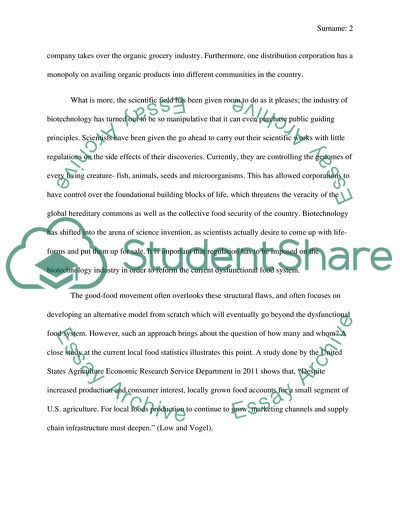Cite this document
(The solution to Fix a Fundamentally Broken Food System Coursework Example | Topics and Well Written Essays - 2500 words, n.d.)
The solution to Fix a Fundamentally Broken Food System Coursework Example | Topics and Well Written Essays - 2500 words. https://studentshare.org/agriculture/1816963-solution-to-fix-a-fundamentally-broken-food-system
The solution to Fix a Fundamentally Broken Food System Coursework Example | Topics and Well Written Essays - 2500 words. https://studentshare.org/agriculture/1816963-solution-to-fix-a-fundamentally-broken-food-system
(The Solution to Fix a Fundamentally Broken Food System Coursework Example | Topics and Well Written Essays - 2500 Words)
The Solution to Fix a Fundamentally Broken Food System Coursework Example | Topics and Well Written Essays - 2500 Words. https://studentshare.org/agriculture/1816963-solution-to-fix-a-fundamentally-broken-food-system.
The Solution to Fix a Fundamentally Broken Food System Coursework Example | Topics and Well Written Essays - 2500 Words. https://studentshare.org/agriculture/1816963-solution-to-fix-a-fundamentally-broken-food-system.
“The Solution to Fix a Fundamentally Broken Food System Coursework Example | Topics and Well Written Essays - 2500 Words”. https://studentshare.org/agriculture/1816963-solution-to-fix-a-fundamentally-broken-food-system.


